Skiing on icy slopes in the Midwest or East Coast? Here’s the deal: you need skis that offer precision and control. Long skis might work out West, but in icy conditions, they can feel clunky and hard to manage. That’s where shorter skis, like Snowfeet Skiskates or Skiblades, come in. These compact designs are built for quick turns, better grip, and easier handling on hard-packed snow and ice.
Key Takeaways:
- Icy Terrain Needs Special Gear: Midwest and East Coast slopes are often icy due to freeze-thaw cycles and man-made snow.
- Short Skis Are Ideal: Snowfeet’s shorter skis (44–120 cm) provide faster edge control and better grip compared to longer skis or snowboards.
- Affordable & Portable: Snowfeet models start at $150 and fit in a backpack, making them easy to carry and store.
Whether you're a beginner or an advanced skier, Snowfeet has options to match your needs. Ready to ditch the struggle and enjoy icy slopes with confidence? Let’s dive in!
Snowboarder tries Snowfeet* | Which Snowfeet* Short Ski is the Best? | Snowblades 44, 65, 99 Review
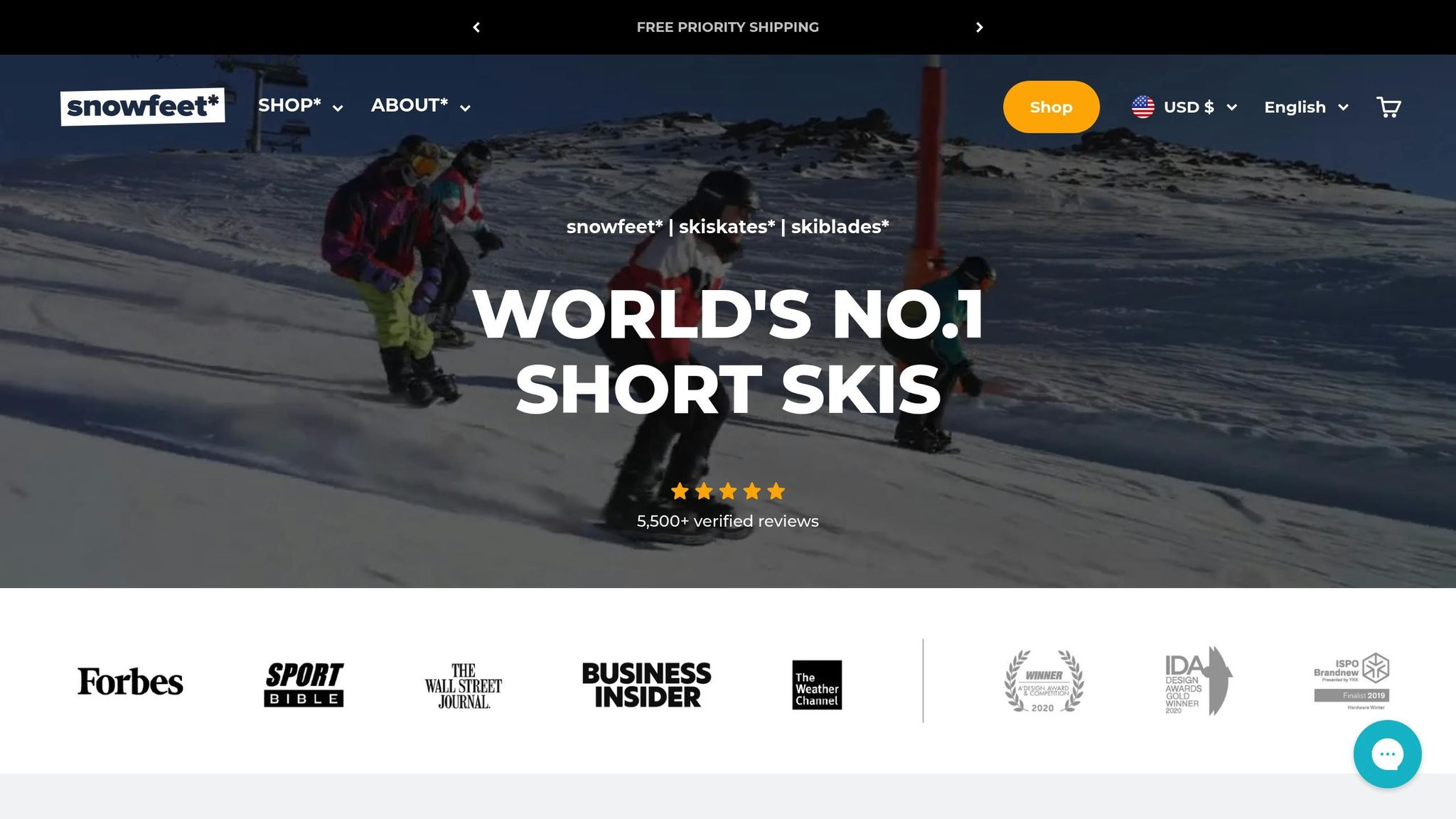
Icy and Hardpack Conditions in the Midwest and East Coast
If you’re hitting the slopes at places like Killington, Boyne Mountain, or Holiday Valley, you know the drill: the freeze-thaw cycle is relentless. Unlike the Rockies, where powder stays light and fluffy, the weather out East quickly turns fresh snow into ice. It’s a whole different ballgame.
What Are Hardpack and Icy Snow Conditions?
Hardpack snow happens when fresh snow gets compressed and refrozen over and over again. Think of it as nature’s version of concrete - solid, slick, and not very forgiving. Icy conditions take it up a notch, creating those glassy, slippery surfaces when temps hover around freezing. Sure, machine grooming might make those corduroy patterns look pretty, but they can be downright treacherous without the right gear.
Eastern resorts lean heavily on snowmaking systems to keep their slopes open. These machines churn out dense, man-made snow that gets packed down hard by grooming equipment. While this ensures there’s something to ski on even when natural snowfall is lacking, it also means you’re often dealing with firm, icy terrain. Resorts like Stowe or Sugarbush might boast base depths of 30–50 inches, but that snow is compressed into a surface that can feel more like skiing on polished marble.
Then there are the vertical ice walls you might encounter on steeper runs at spots like Jay Peak or Mad River Glen. These aren’t accidents - they’re the result of wind, temperature swings, and repeated grooming. Tackling these conditions isn’t just about skill; it’s about having the right equipment.
Why Ski Choice Matters on Ice
When you’re dealing with icy, hardpack terrain, your gear has to step up. On these surfaces, edge contact is everything. Those trusty 170cm all-mountain skis that shine in variable conditions out West? They can feel like a handful here. Longer skis demand more commitment to each turn, and once you’re locked into a carve, changing direction can be tricky - especially when the surface is unforgiving.
Quick edge transitions are your best friend on ice. The problem with longer skis is that they amplify even the smallest mistakes. A minor edge catch can quickly turn into a major wipeout. On icy slopes, you need skis that let you make precise, split-second adjustments without throwing off your balance.
Snowboarders face similar struggles. With a single edge and a longer effective length, traditional snowboards make quick direction changes a challenge when grip is limited. Skidding down an icy slope might feel like the safest option, but it’s far from ideal - it’s less fun and definitely less safe.
This is where shorter skis really shine. Their design allows for faster edge engagement, meaning every part of the ski can bite into the ice and give you the grip you need. When conditions are this tough, having equipment that responds instantly to your movements isn’t just helpful - it’s absolutely necessary to stay in control.
Here’s the kicker: most ski gear is built with Western mountain conditions in mind - deep powder and consistent temps. But if you’re spending most of your time skiing in the Midwest or on the East Coast, you need gear tailored to these unique challenges. It’s not about float or speed here; it’s all about control and precision.
Why Snowfeet* Short Skis Work Best for Icy Conditions
When it comes to tackling the icy slopes of the Midwest and East Coast, Snowfeet* short skis shine where traditional long skis often struggle. Whether you're carving down Whiteface or navigating the hardpack at Crystal Mountain, these shorter skis offer a level of agility and control that's tailor-made for these challenging conditions. While long skis focus on stability, Snowfeet* delivers a nimble, quick-response experience that’s ideal for icy terrain.
Here’s the idea: shorter skis allow for faster edge-to-edge transitions. On ice, being able to adjust your path instantly is a game-changer - whether you're dodging an unexpected patch of glare ice or weaving around other skiers who might be struggling with bulkier gear. Snowfeet* Skiblades, available in lengths like 65cm and 99cm, are built for this kind of precision. Their design makes them a go-to option for skiers who need quick reactions and reliable control in tough conditions.
Benefits of Short Skis for Icy Terrain
The key to mastering icy slopes is edge grip, and this is where Snowfeet* products truly shine. Their compact design puts more of your weight directly over the ski’s edge, creating a stronger, more precise grip - kind of like driving a sports car that hugs every curve of the road.
For even more control, the Snowfeet* Skiskates, which are just 44cm long, take things to the next level. Their ultra-short length allows for micro-adjustments that simply aren’t possible with traditional skis. That means you can make those tiny, lifesaving corrections when you're on a slick patch of ice.
Another big win? Portability. Snowfeet* gear is small enough to fit in a backpack, so you can forget about lugging around cumbersome skis or worrying about securing them on a roof rack. And with options like the Snowfeet PRO priced at $199 and Skiblades starting at $450, they’re a practical choice for skiers who want performance without breaking the bank.
Plus, their design focuses your weight on a smaller surface area, increasing pressure along the edge. This concentrated force gives you better grip, or "bite", on icy slopes, helping you stay in control when it matters most.
Comparison: Snowfeet* vs. Traditional Long Skis and Snowboards
Let’s break down how Snowfeet* compares to more traditional gear:
| Feature | Snowfeet* Products | Traditional Long Skis | Snowboards |
|---|---|---|---|
| Edge-to-Edge Transition | Nearly instantaneous | Slower, requiring more effort | Limited to one edge at a time |
| Ice Grip | Strong edge contact for precision | Weight spread over a larger area | Less edge contact overall |
| Flexibility in Corrections | Quick, fine-tuned adjustments | Less forgiving once committed | Harder to adapt mid-turn |
| Learning Curve | Easier to pick up | Takes more time to master | Challenging in icy conditions |
| Portability | Backpack-friendly | Requires roof racks or extra storage | Bulky and harder to transport |
| Price Range | $150–$690, with accessible options | Generally higher | Varies, often comparable or more expensive |
Traditional long skis often require more commitment during turns, making them less adaptable when conditions suddenly change. Snowboards, with their single-edge design, offer even less versatility on ice. Snowfeet*, on the other hand, strikes a balance - combining the stability skiers need with the agility required for icy slopes. This makes them an excellent choice for unpredictable conditions, where quick reactions can make all the difference.
From powder at the summit to hardpack or icy patches near the base, Snowfeet* short skis are built to handle it all. For skiers in the Midwest and East Coast, where winter conditions can change in an instant, Snowfeet* provides a practical, reliable solution that’s tough to beat.
sbb-itb-17ade95
How to Pick the Right Snowfeet* Model for Your Needs
Finding the perfect Snowfeet* model is all about matching your skill level with the right length and features. Snowfeet* shows that shorter skis can deliver excellent control and performance, proving that "short" doesn’t mean "just for beginners."
The beauty of Snowfeet* is their versatility. Whether you're carving tight turns on hard-packed snow at Killington or tackling slick spots at Perfect North Slopes, there’s a model tailored to your style. Let’s break it down by length and features to help you decide.
Picking the Right Length for Your Skill Level
Skiskates (44 cm) are all about agility. These compact skis shine on icy terrain where quick, precise movements are key. Starting at $390, they’re a great choice for beginners who need something nimble and easy to control - think of them as the sports car of the slopes.
Snowfeet PRO (50 cm), priced at $199, strikes a balance between stability and responsiveness. It’s a solid pick for intermediate skiers who want to build confidence while staying in control.
Skiblades (65 cm and 99 cm) offer a middle ground between ultra-short skis and traditional ones. The 65 cm model, starting at $450, provides more stability at higher speeds while staying agile enough for icy conditions. If you’re an advanced skier, the 99 cm version (starting at $490) is designed for carving sharp turns and handling groomed, icy runs with ease.
Short Skis (120 cm) are the longest in the lineup, priced at $690. These are ideal for experienced skiers who want a traditional ski feel with benefits like easy transport and quick turn initiation. They also deliver great stability at higher speeds on icy slopes.
For beginners, the Snowfeet PRO or the 65 cm Skiblades are excellent starting points. Intermediate skiers might enjoy the 99 cm Skiblades for skill-building, while advanced users can choose based on their preferred skiing style instead of just their ability level.
Key Features to Look for in Icy Conditions
Length isn’t the only thing to consider - specific features can make a big difference when skiing on ice.
- Sharp steel edges: Every Snowfeet* model includes these, ensuring a strong grip on hard snow and ice. The shorter designs focus pressure on the edges, giving you better control.
- Boot compatibility: Unlike traditional setups, Snowfeet* works with regular winter shoes, snowboard boots, or ski boots. No need for pricey, specialized footwear.
- Lightweight design: This helps reduce fatigue, especially when you're making constant adjustments on icy terrain.
- Quick-release bindings: These make it easy to get in and out of your skis, saving you the hassle of dealing with complicated traditional bindings.
Snowfeet* Product Options and Pricing
| Model | Length | Price | Best For | Icy Condition Benefits |
|---|---|---|---|---|
| Snowfeet Mini Ski Skates | 38 cm | From $150 | Beginners | Ultra-portable; easy learning curve |
| Snowfeet PRO | 50 cm | $199 | All levels | Versatile performance; great value |
| Skiskates | 44 cm | From $390 | Maximum maneuverability | Quick turns and precision |
| Skiblades | 65 cm | From $450 | Balanced performance | Stability with agility |
| Skiblades | 99 cm | From $490 | Advanced carving | High-speed stability for aggressive turns |
| Snowfeet POWDER | 99 cm | From $490 | Powder conditions | Designed for soft snow; adaptable use |
| Snowfeet Short Skis | 120 cm | $690 | Traditional ski feel | Maximum stability at higher speeds |
Snowfeet* models start at just $150, a fraction of the cost of traditional setups that can range from $800 to $1,200. For example, you can pick up the Snowfeet PRO for under $200, and even the top-tier Short Skis at $690 are more affordable than many conventional skis.
For skiers in the Midwest or on the East Coast, where icy conditions are common, owning multiple Snowfeet* models is surprisingly practical. You could start with the Snowfeet PRO to learn the ropes, then add Skiblades for more advanced skiing - all without breaking the bank.
Tips for Better Grip and Control on Ice
Want to make the most of your Snowfeet* on icy terrain? It all comes down to fine-tuning your technique. Snowfeet* are built for a responsive ride, especially on hard-packed snow and ice, but getting the hang of the right moves can make a world of difference.
Here’s how to improve your grip and control on ice:
Adjusting Technique for Icy Terrain
Body Positioning:
Start with your legs shoulder-width apart and your knees bent - this helps you stay balanced. Keep one foot slightly ahead and lean forward just enough to feel stable.
Weight Distribution:
Don’t lean too far forward onto your toes. Instead, focus on keeping your weight centered or slightly toward your heels. This gives you better control and reduces the risk of slipping.
Edge Engagement:
Make use of Snowfeet*'s edges. They deliver a faster, more precise response compared to traditional skis, so lean into them when needed.
Turning Technique:
Start slow with gentle turns to get used to how Snowfeet* respond. Once you’re comfortable, you can move on to sharper, more dynamic turns.
Stopping Effectively:
For a quick stop, try a hockey stop: turn your feet perpendicular to the slope, press the inside edge of one skate into the ice, and shift your weight to slide sideways. If you need to stop more gradually, keep your weight evenly distributed and ease into it.
Fine-tuning these techniques can help you navigate icy terrain with confidence and control. Snowfeet* are all about precision, so let them work for you!
Conclusion: Try the New Way of Skiing
Icy slopes call for gear that can handle the challenge. In this guide, we’ve highlighted how Snowfeet* is changing the game for skiing on icy terrain. With their short skis - like the 44cm Skiskates for quick turns or the 99cm Skiblades for added stability - Snowfeet* offers a level of control and agility that makes tackling firm, icy slopes easier and way more fun.
Whether you’re drawn to the ultra-responsive Skiskates or the all-around versatility of Skiblades, there’s a model to match your style. Pair these skis with proper technique - keep your weight centered, engage your edges confidently, and focus on smooth, progressive turns - and you’ll unlock the full potential of Snowfeet*. Suddenly, icy slopes aren’t just manageable; they’re an opportunity to refine your skills.
Snowfeet* flips the script on traditional skiing by proving that shorter skis can deliver a whole new level of performance and enjoyment on ice.
Ready to give it a shot? With prices starting at $150 and options for every skill level, it’s time to leave behind the heavy, bulky gear and discover the freedom of short skis. Snowfeet* is your ticket to a fresh take on skiing icy terrain.
FAQs
Why are Snowfeet short skis better than traditional long skis for icy conditions?
Snowfeet short skis bring a whole new level of control, agility, and grip when tackling icy slopes. Thanks to their compact size, they make sharp turns and precise edge control feel like second nature - something that can be a real challenge with bulkier, traditional long skis on hard-packed snow or ice.
Available in lengths from 44 cm to 120 cm, Snowfeet short skis offer a super responsive ride. This means you can carve tight turns, stop on a dime, and handle icy terrain with way more confidence than you might with standard skis. If icy and tricky slopes are your playground, these short skis are built to keep you in control.
Why do Snowfeet short skis perform better than snowboards on icy slopes?
Snowfeet short skis are a game-changer on icy slopes. Their compact size - anywhere from 44 cm to 120 cm - lets you dig into the snow with sharper edges, making precise turns much easier. This design helps you stay in control and maintain a solid grip, even on hard-packed or slick terrain.
On the other hand, snowboards, with their wider surface area, don’t offer the same edge precision. This can make navigating icy surfaces a bit trickier. Snowfeet are all about agility and quick response, giving you the confidence to handle icy conditions like a pro.
How do I choose the best Snowfeet model for icy conditions and my skill level?
When choosing the right Snowfeet model, think about your skill level and the kind of snow you'll usually encounter. If you're just starting out, Snowfeet Basic* is a solid option. It's built for stability and ease, helping beginners get comfortable on the slopes. On the other hand, seasoned skiers might prefer advanced models that deliver sharper responsiveness and precision - perfect for navigating icy trails with confidence.
Speaking of icy conditions, especially common in places like the Midwest or East Coast, shorter models such as the 44 cm or 65 cm Snowfeet* are a game-changer. Their compact design offers excellent grip, better control, and smooth maneuverability, making them a great alternative to traditional skis. Plus, their agility brings a fun, energetic twist to your time on the slopes.

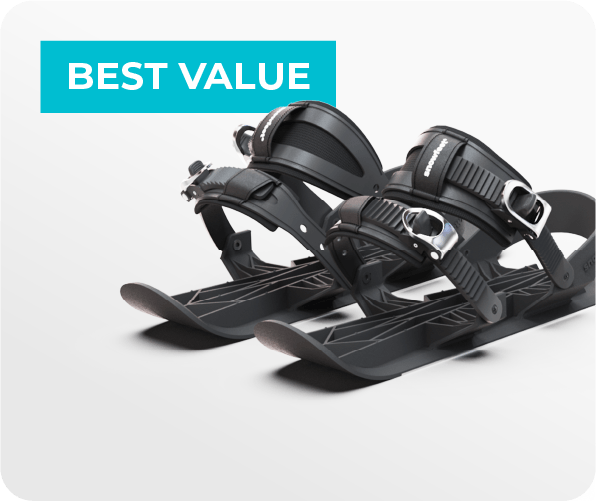



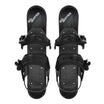
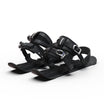
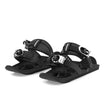
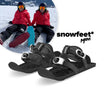
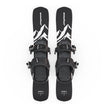
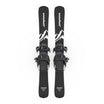

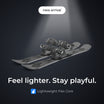
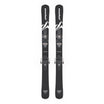
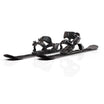
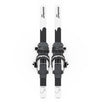


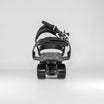

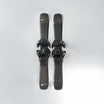

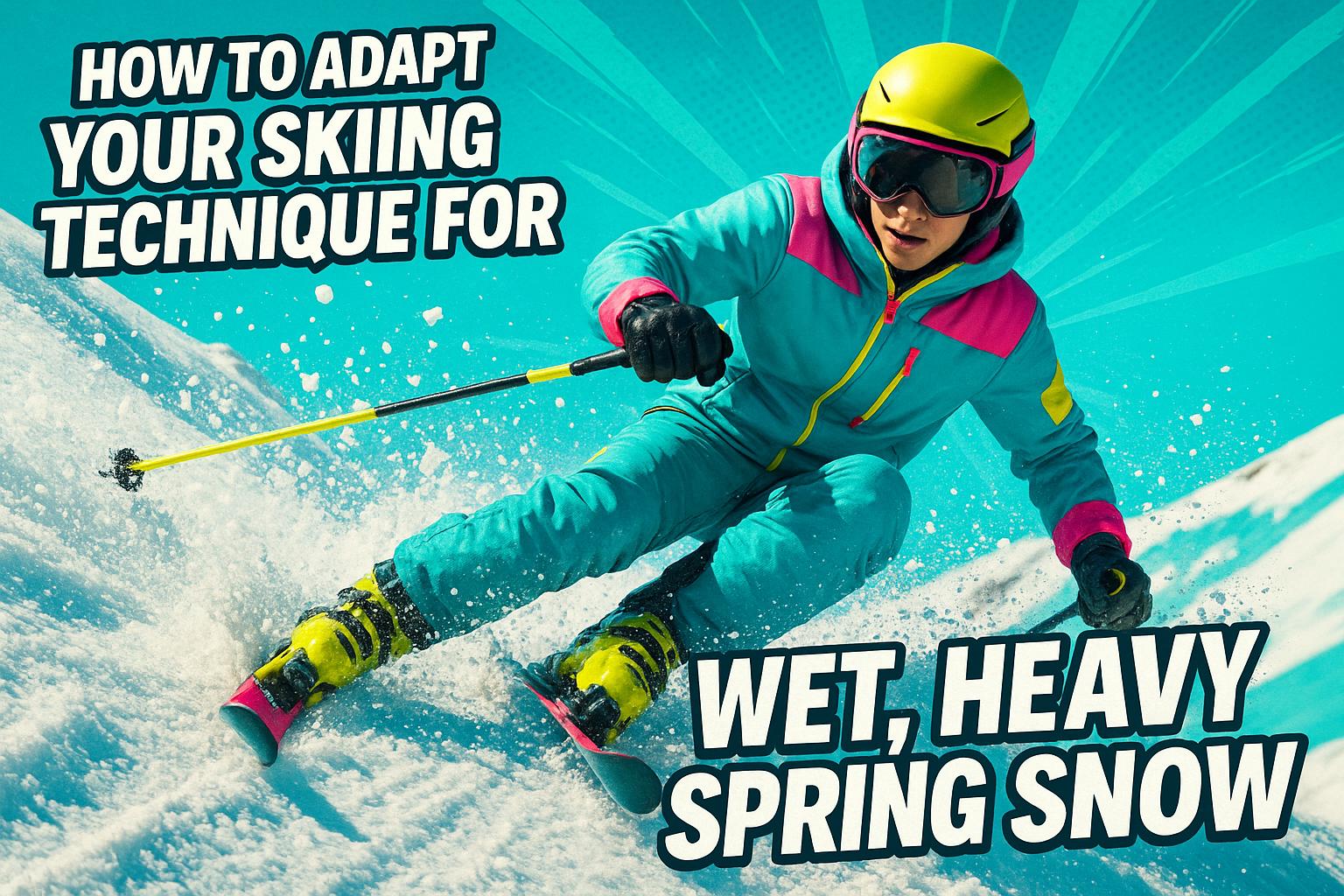
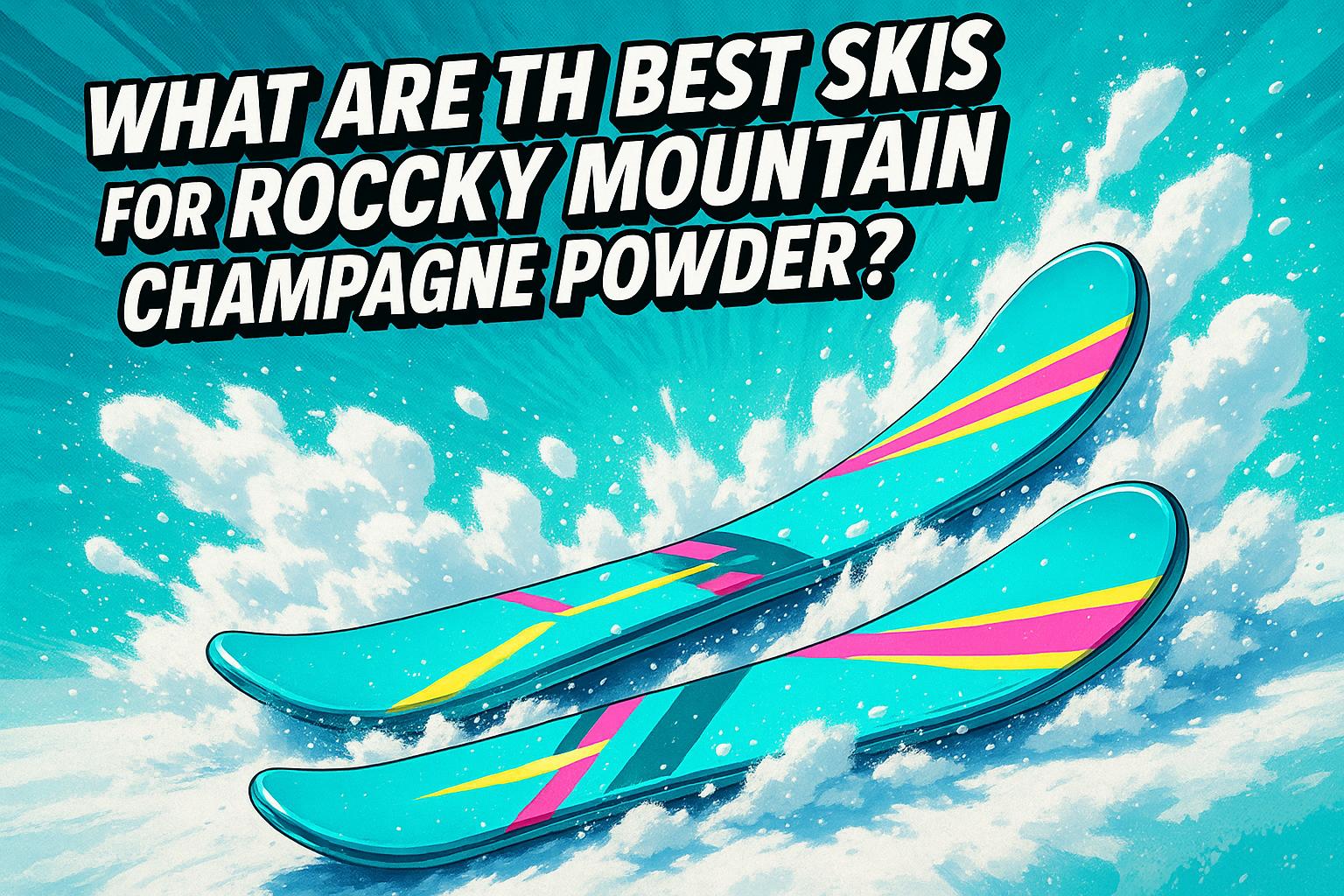
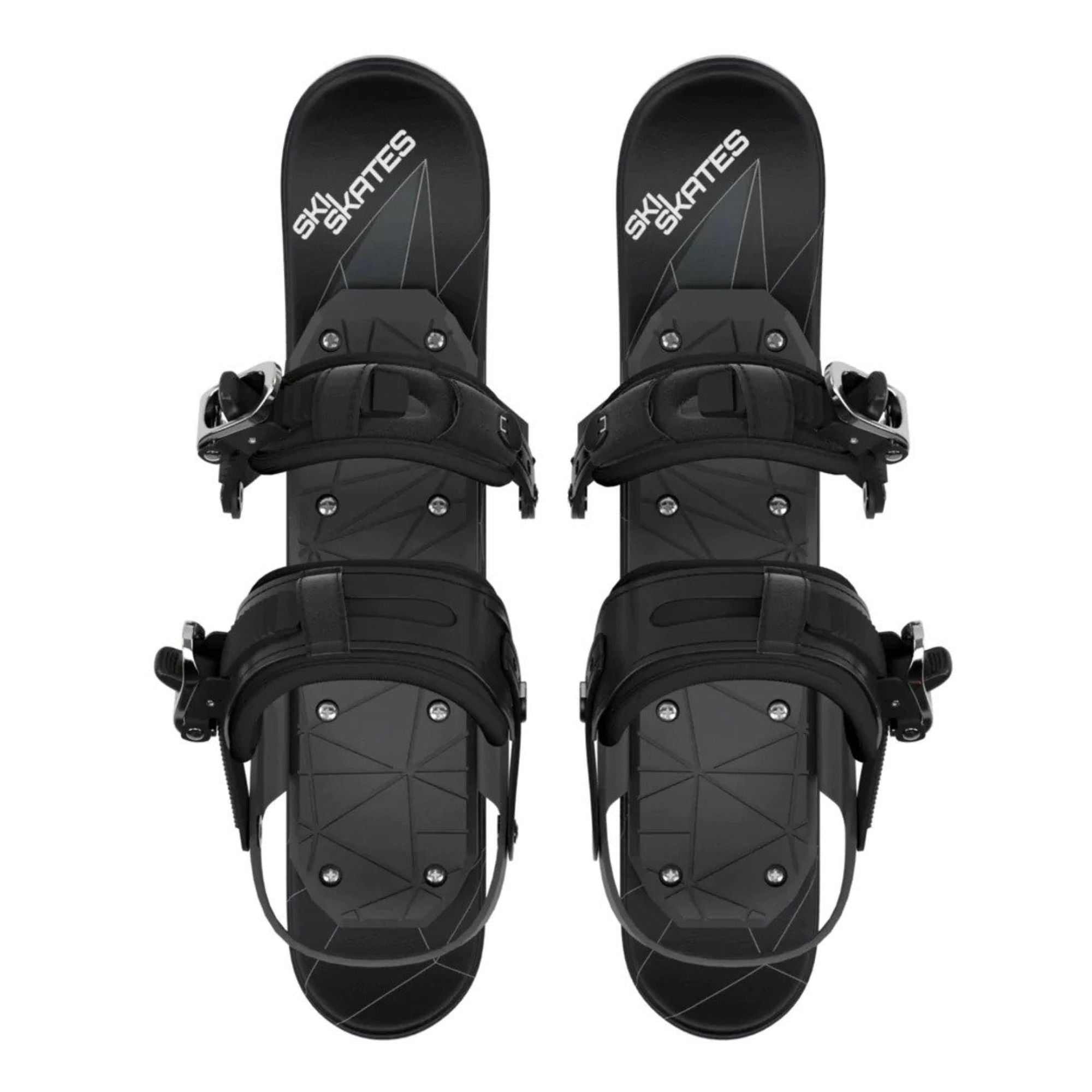
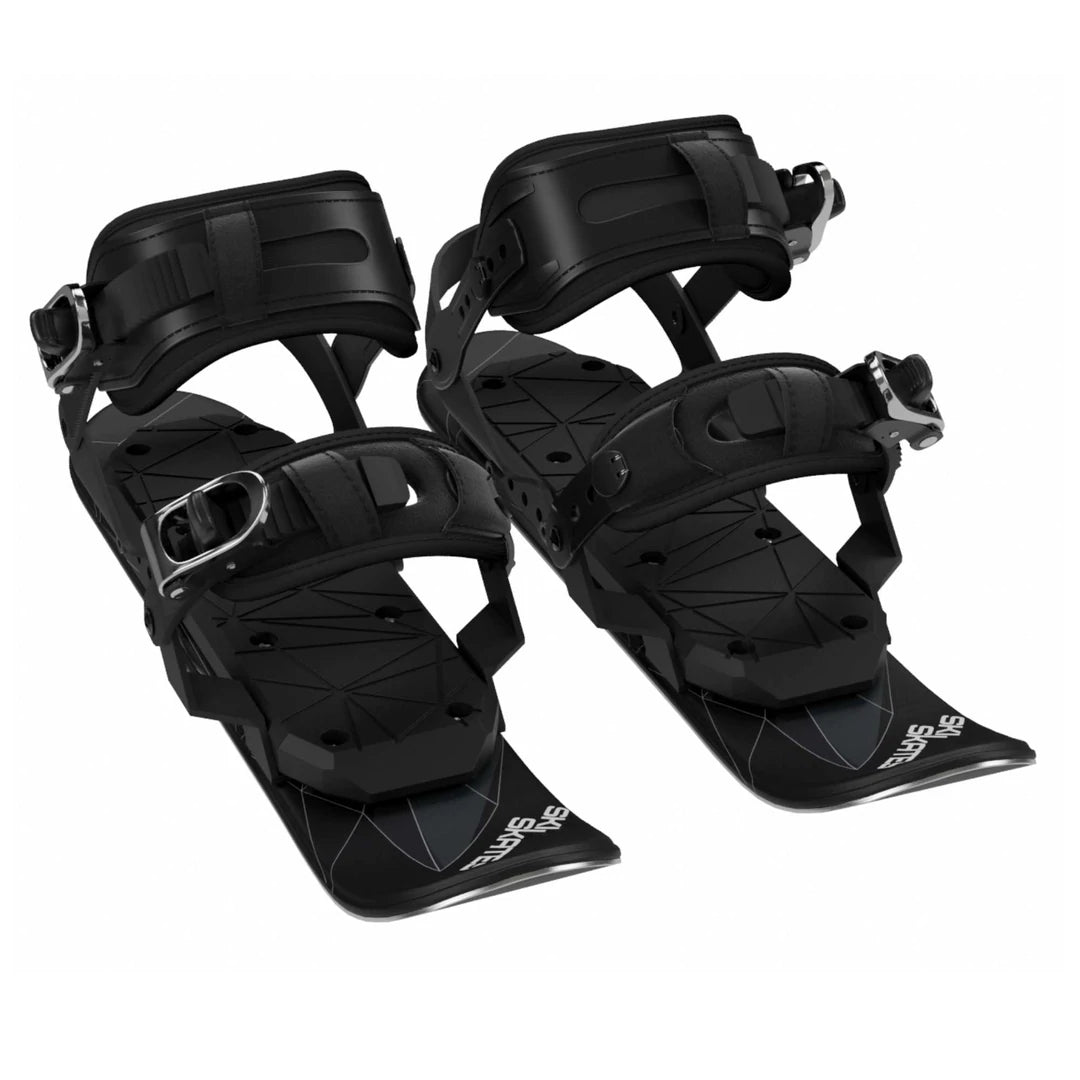
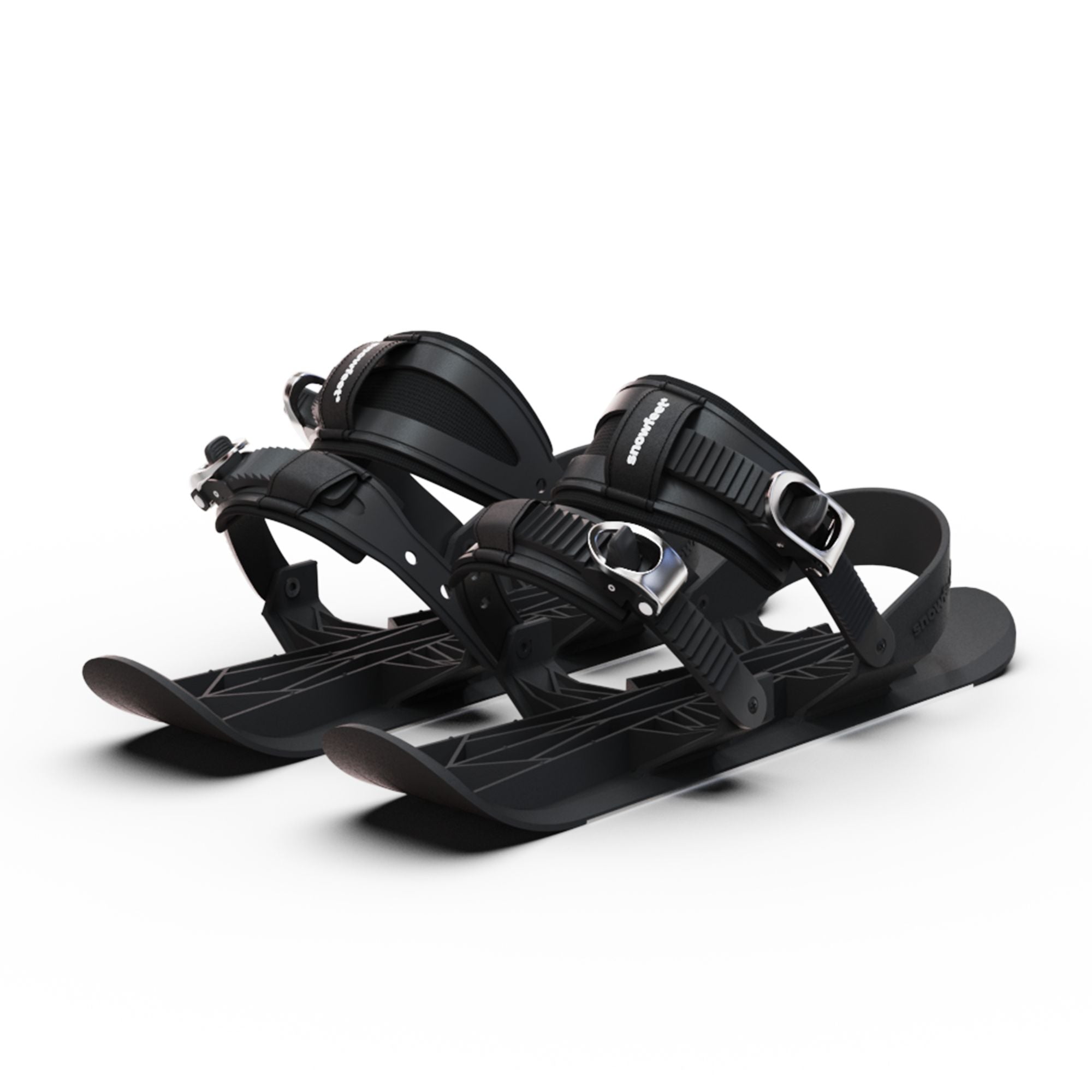

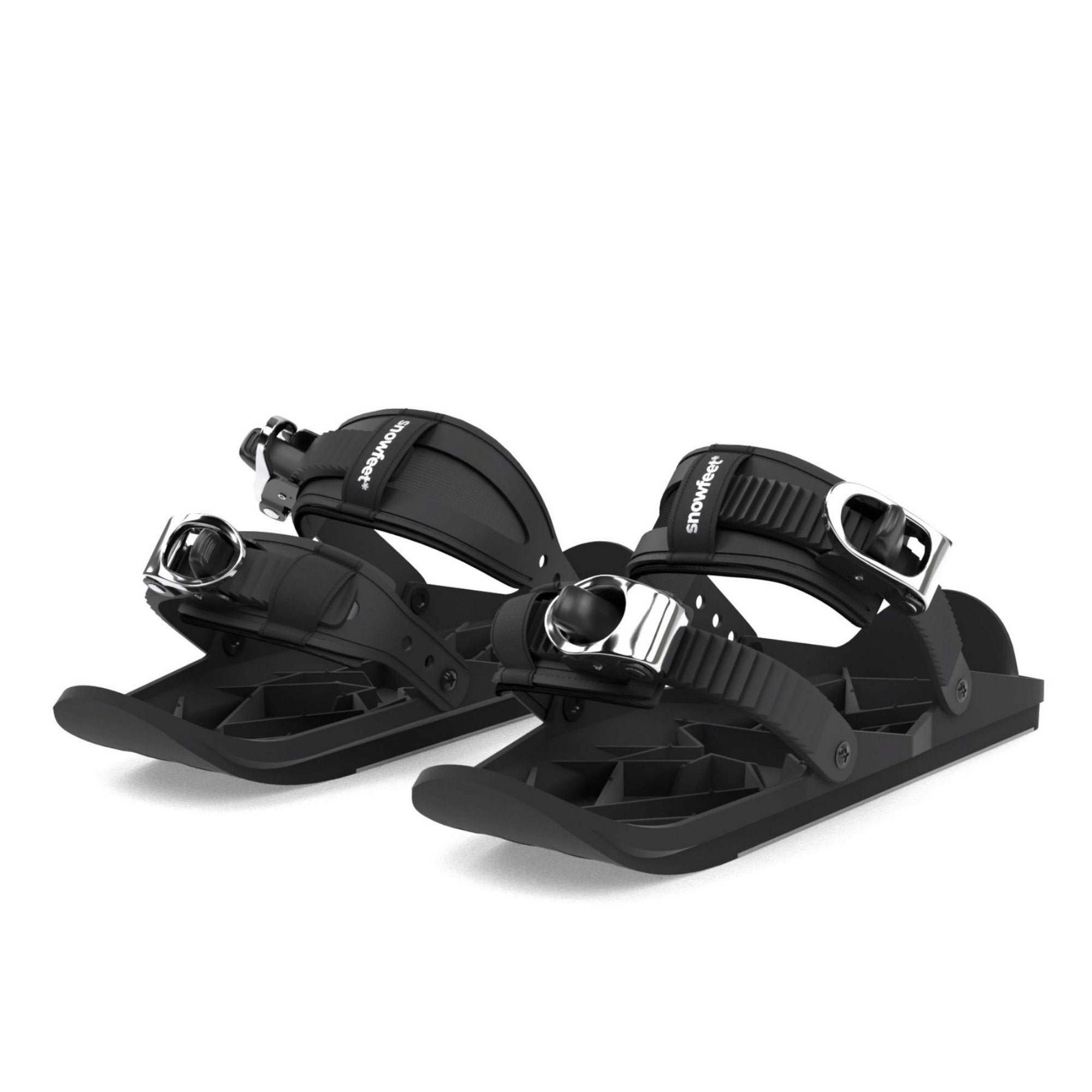
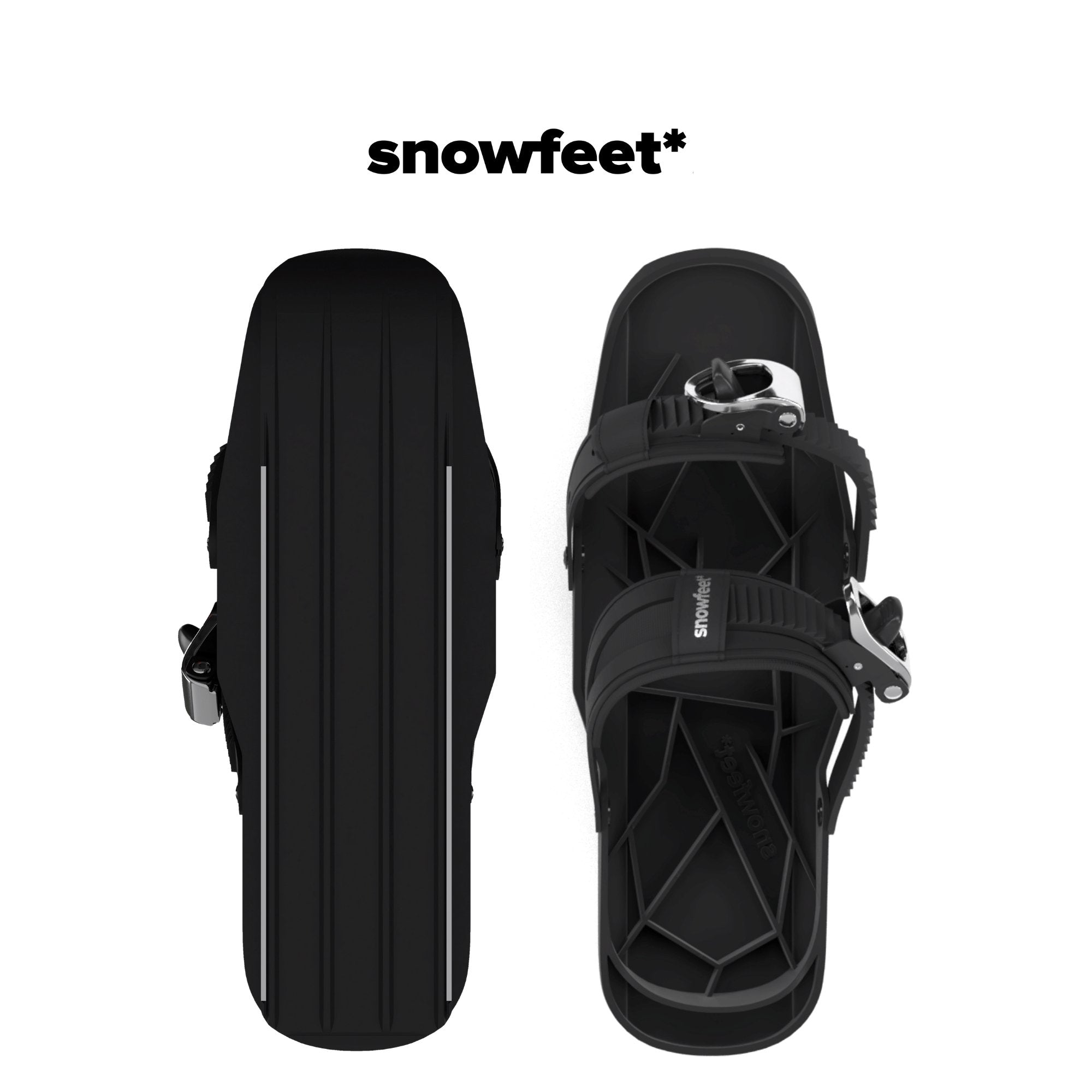
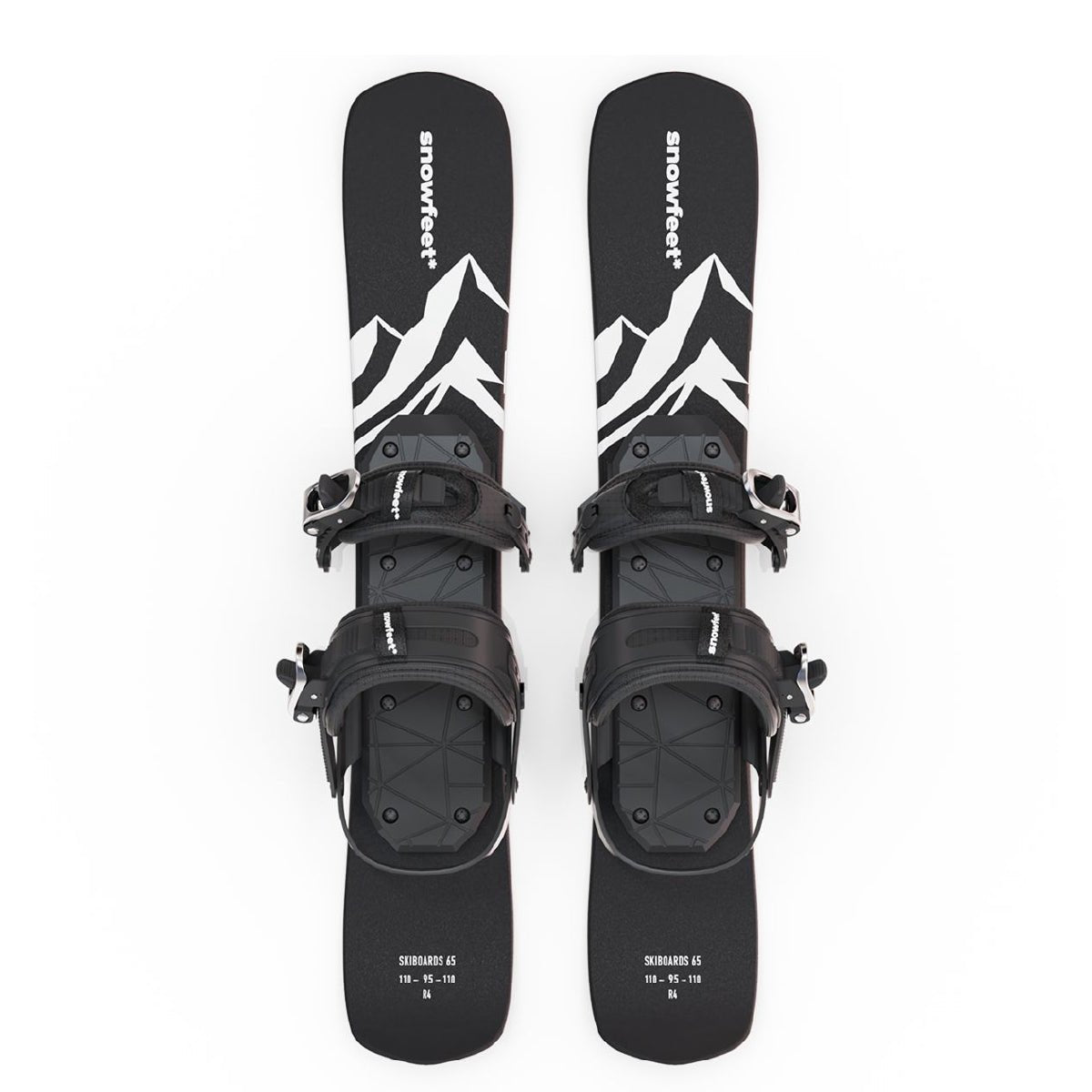
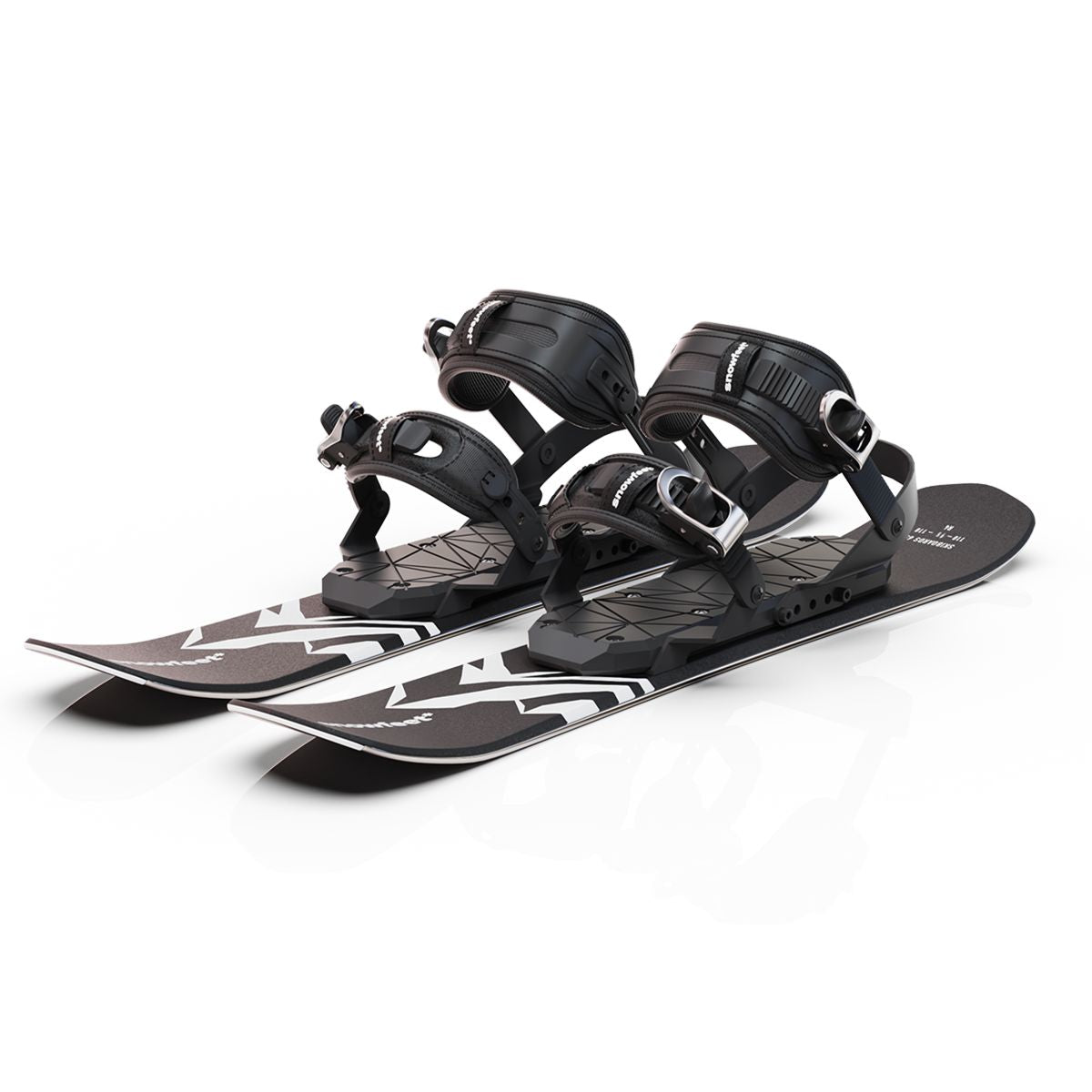
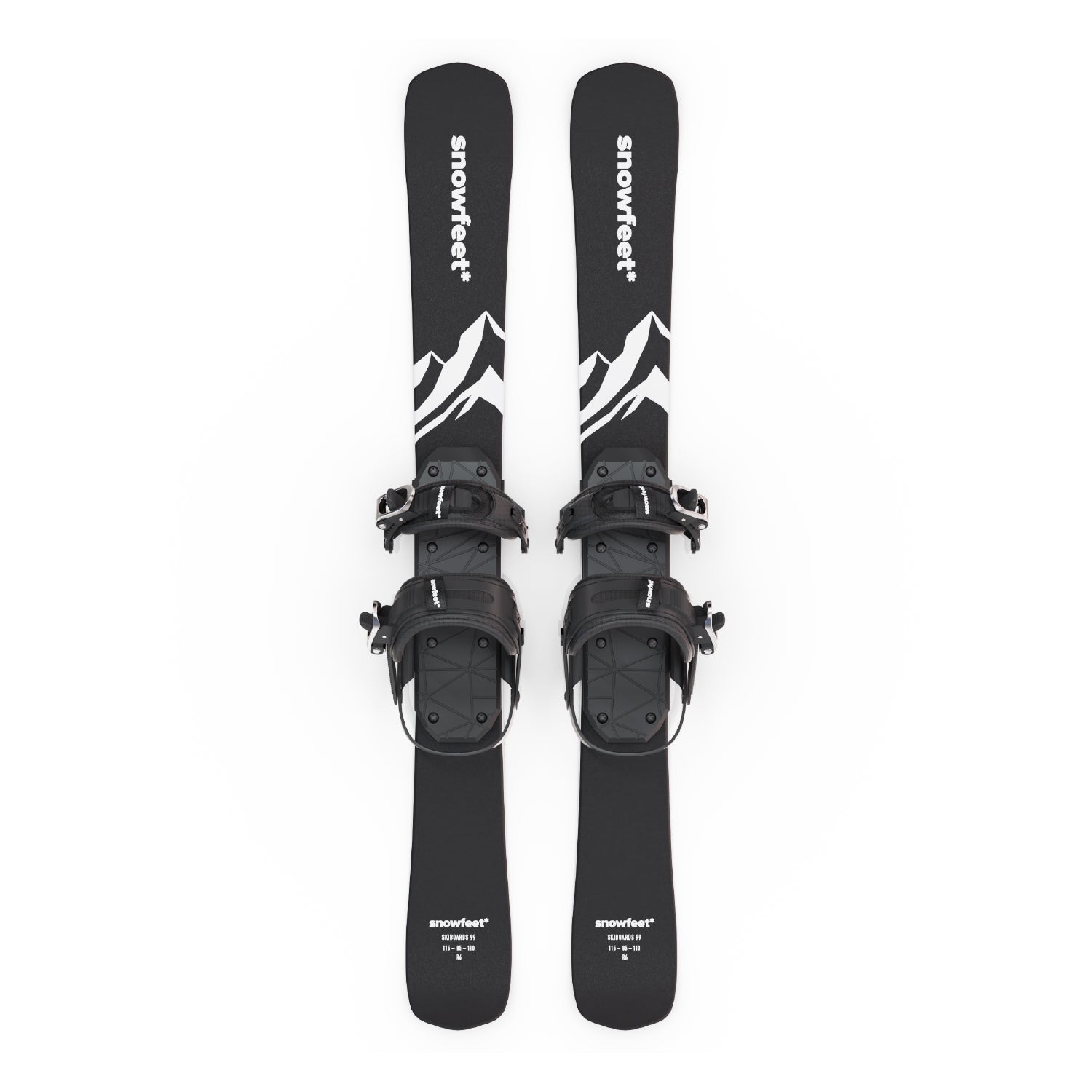
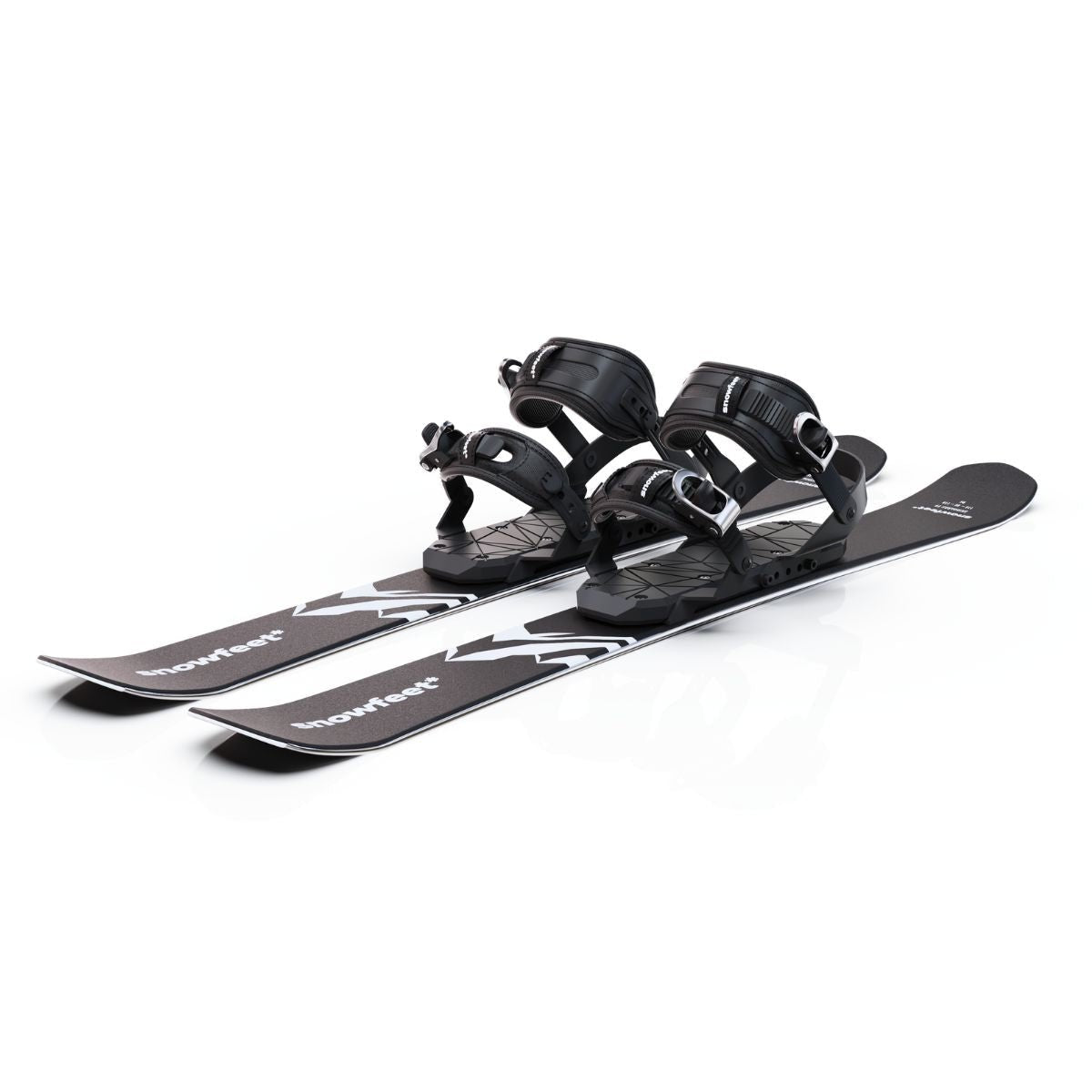
Leave a comment
This site is protected by hCaptcha and the hCaptcha Privacy Policy and Terms of Service apply.